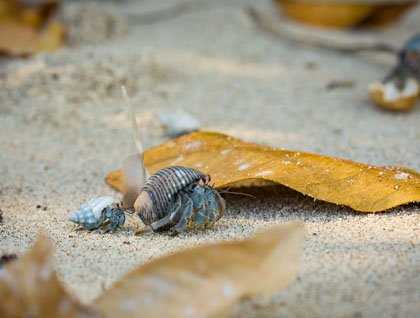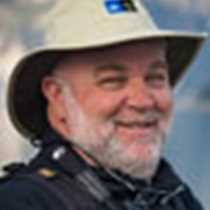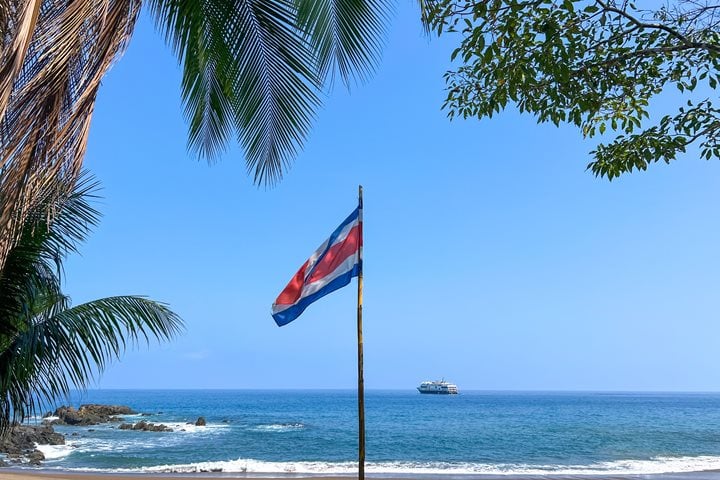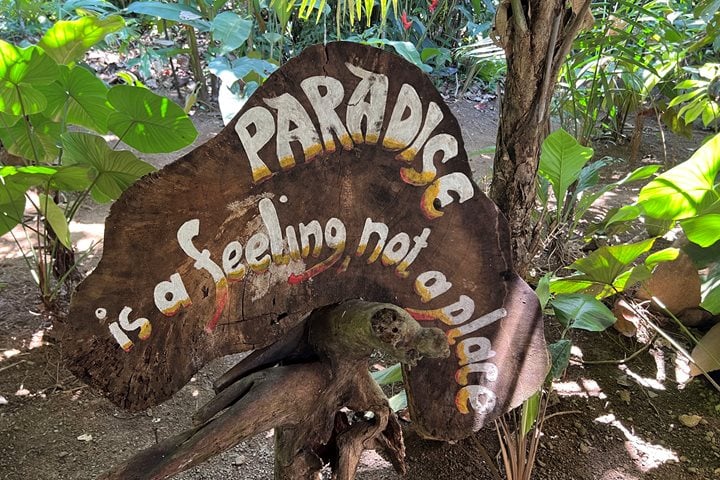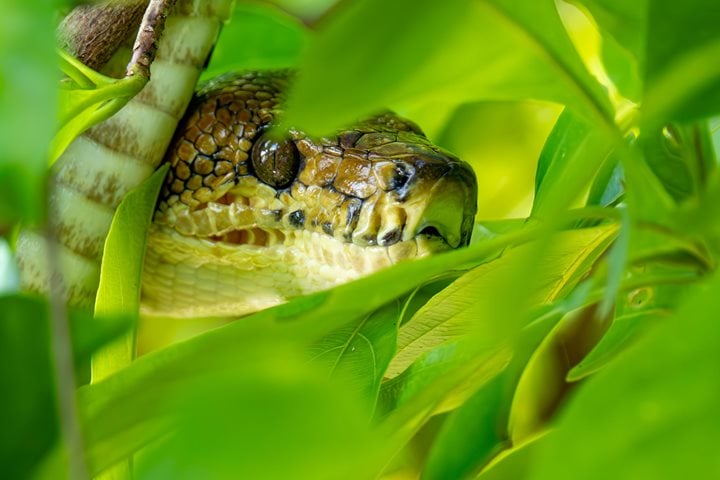One of Panama’s newest and largest national parks, Coiba National Park is the third largest marine park in the world; only the Great Barrier Reef and Galapagos National Park are larger. Coiba Island is the largest island in the park, and was the site of a prison for many years. Most of the islands in the archipelago have been almost completely isolated from development for over a century, and remain in their natural state.
This morning, guests of the National Geographic Sea Lion landed on a tiny islet called Granito de Oro (Little grain of gold). So small is the island that it is easily circumnavigated by swimmers in about twenty minutes. A few warbles chirped, and at dawn a small pod of dolphin were seen splashing by, but by any measure the main inhabitants of the island are the hermit crabs.
At first the beach seems normal, dotted with thousands of small dark stones. After a few minutes though, one realizes that most of the “stones” are moving. Throngs of hermit crabs have taken advantage of the piles of empty sea shells strewn above the high tide to find a mobile home. The crabs commandeer a small shell and make it their abode, carrying it around with them until they outgrow it, when they leave it and grab a larger one. What an efficient way for an animal to have the protection of a nice hard shell, without spending the time and energy to make one for itself.
Guests that were not entertained enough by the hermit crabs had fun snorkeling, swimming and paddle boarding in crystal clear 85 degree water, where they could see the original inhabitants of the hermit crab shells. A few guests even snorkeled all the way around the island led by our expert guides just before lunch.
A relaxing afternoon at sea included a fascinating presentation by one of our guests, Ken Glander. Ken spent years studying monkeys in Panama, and described his work for us in his lecture “On the Ground Looking Up; Observing the Behaviour of Monkeys in Trees.” Afterwards, a chance for a nap, as we have to rest up for a big day tomorrow.

